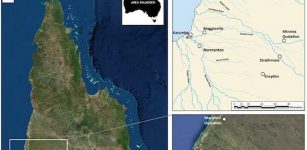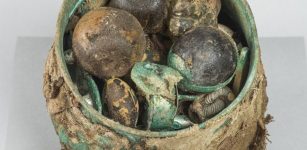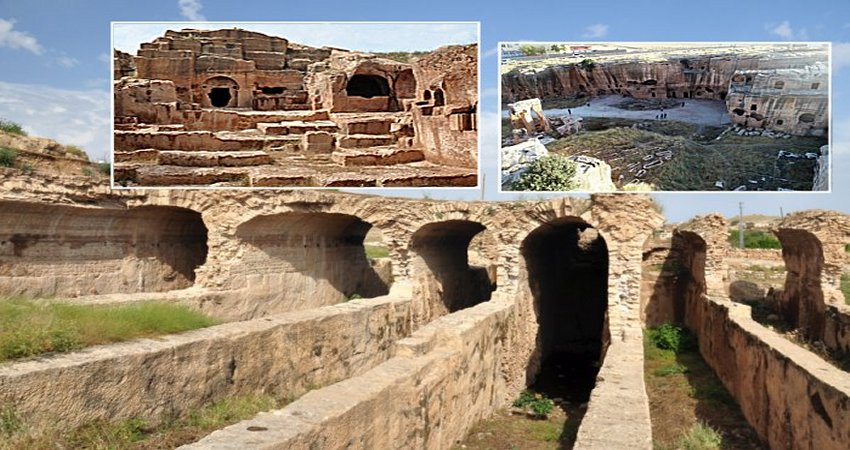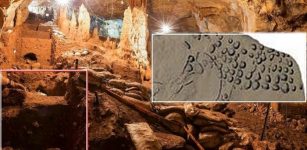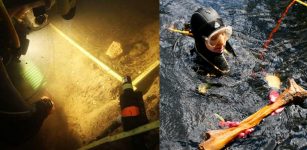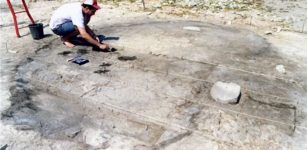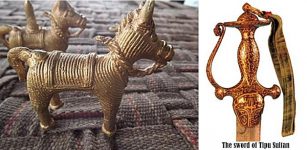Human Skeleton Dated To Parthian Era Unearthed At Tepe Ashraf In Iran’s City Of Isfahan
Conny Waters – MessageToEagle.com – We wrote earlier on AncientPages.com about a jar burial cemetery that was unearthed at an ancient historic site in Iran’s central city of Isfahan.
The cemetery dates back to the Parthian Empire and archaeological excavations at Tepe Ashraf are underway.
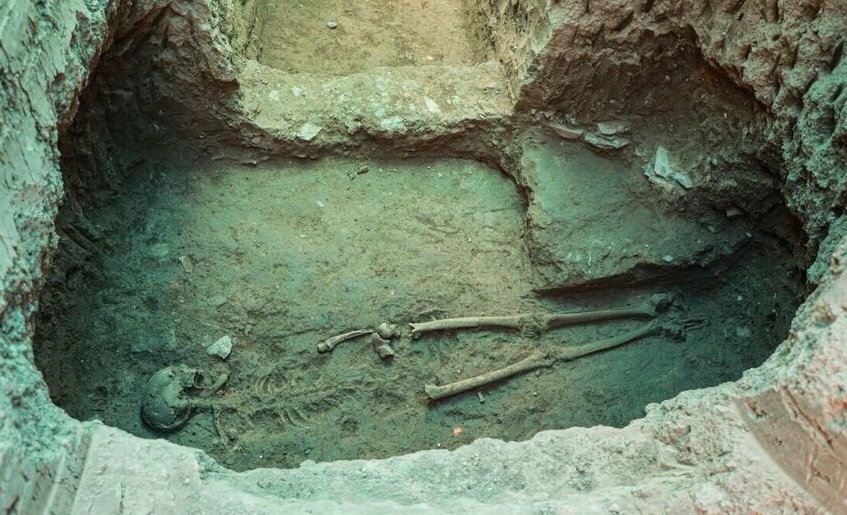
Now, the remains of an ancient person, probably dated back to the Parthian era (247 BC – 224 CE), have been unearthed by archaeologists digging at the northern part of Tepe Ashraf, the sole archaeological hill called Ashraf Hill, in Isfahan, central Iran, reports Tehran Times.
Though the gender of the skeleton has not been determined yet, it is likely that it belonged to a Parthian woman based on specifications of its burial site, IRNA quoted senior archaeologist Alireza Jafari-Zand as saying on Saturday.
IRNA reports that according to Jafari-Zand, who heads the archaeological excavation at the hill, there are “many documents and signs have led archeologists to arrive at the conclusion that they are near a graveyard here dating back to the Parthian empire (247 BC – 224 AD). At the same time, Jafari-Zand is sure that some other skeletons can be found near the lady.
Also, the way the body had been interred indicates that her burial has taken place following Mithraism focused on the god Mithras. When a dead body was buried during Parthian era, his/her face was put on the side of the sun, so the body easily belongs to the Parthian empire as she was buried like what is said and also a clay dating back to that era has been found near the skeleton, the official underlined.
Such historical finding contributes to a much better understanding of the Parthian era, and deeper identifying the history of the historical city of Isfahan.
To remind Iran’s rich civilization, it is worthy to write that Kashan- a historical Iranian city and the cradle of oldest world urban settlement in Sialk Hills dating back to over 7,000 years ago- is located in the northern part of Isfahan.
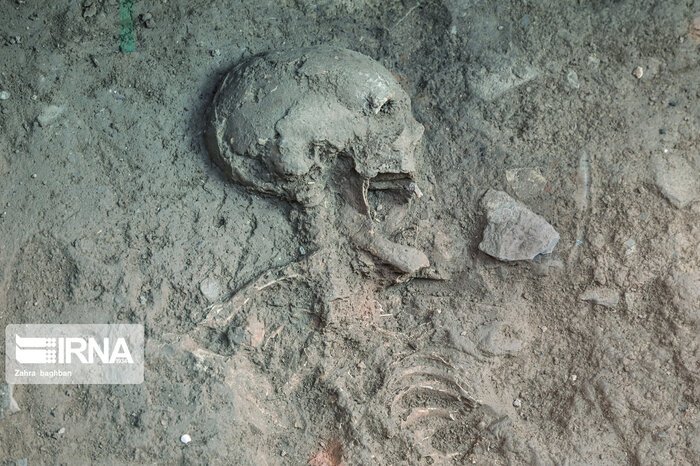
“The way the body had been interred indicates that her burial has taken place following Mithraism focused on the god Mithras, ” according to the archaeologist who heads the archaeological excavation at the Ashraf Hill. Image credit: IRNA
Tehran Times cites Jafari-Zand saying that there is a need for an extensive excavation because the speculations have provided a good prospect for widening excavations because some objected excavated so far have been unearthed beneath a [modern] street. And the safeguard of this historical evidence depends on expanding the excavations.”
See also:
Bizarre Parthian Tomb Sheds Light On Ancient Life In Isfahan, Central Iran
Earlier this month, an ancient burial containing the remains of a horse — estimated to be four years old was found near a place where a giant jar-tomb was unearthed weeks ago, which researchers believe could shed new light on ancient human life in Isfahan.
“Tepe Ashraf is the second place after the Tepe Sialk (in Isfahan province) that has yielded the discovery of such jar tombs that offers valuable clues to uncover the obscure history of pre-Islamic Isfahan,” according to the archaeologist.
Excavations at Tepe Ashraf initially began in 2010 when Jafari-Zand announced his team found evidence at the site suggesting that the Sassanid site had also been used during the Buyid dynasty (945–1055).
“We stumbled upon a reconstructed part in the ruins of the castle, which suggests that the structure had been used during the Buyid dynasty.”
Written by Conny Waters – MessageToEagle.com – AncientPages.com Staff Writer

